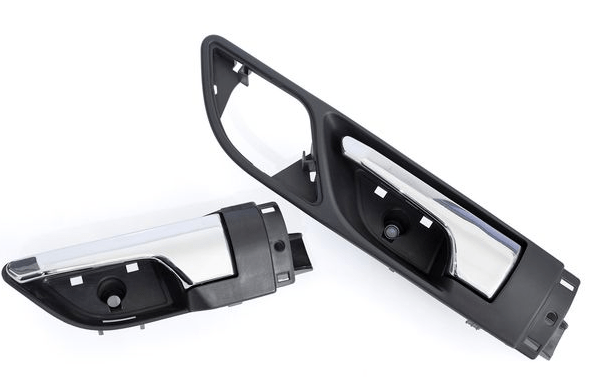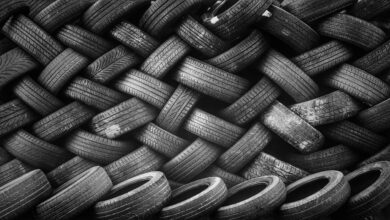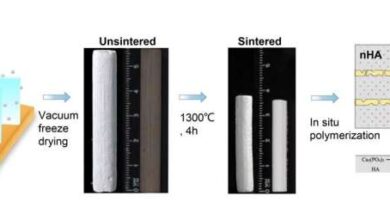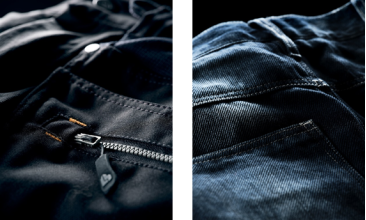Airmould technology enables efficient production of lightweight components

Iranpolymer/ Baspar Airmould technology, a process by which nitrogen is injected into a mould cavity partly or completely filled with melt to form an internal cavity structure has long been available from Wittmann Battenfeld, the company that developed and patented the process.
The company has announced that it recently completed the further development of the technology, making it more compact and user-friendly for customers.
Launched on the market as Airmould 4.0, the system no longer requires a large control cabinet, saving space on the production floor.
The company said that the pressure modules have also been more compactly designed, enabling them to be mounted and used on any injection moulding machine. Airmould 4.0 can be fully integrated into Wittmann Battenfeld’s Unilog B8 or B8X machine control systems but can also be used with machines of other brands via the Group’s standardised manual control terminal.
The technology fits with today’s ambitions to curb emissions and reduce raw material consumption. The Airmould process makes it possible to produce lightweight hollow components with good surface quality: nitrogen gas is injected exclusively into the interior of the cavity, forming a bubble at the centre of the melt, which acts as holding pressure, counteracting shrinkage contraction on the outside, reducing warpage and eliminating sink marks. This is particularly important in the case of thick-walled parts.
The technology is typically applied to produce bar-shaped parts, such as handles, levers, brackets and hangers for weight reduction, such as door handles for the automotive sector. Other common applications are media lines and tubes for the automotive sector and parts for the furniture industry, such as components for tables and chairs.
Airmould can also be used for flat parts with ribs, such as panels and covers, or beverage crates and tabletops. Here, the nitrogen is injected precisely into the rib structures in order to prevent sink marks on the surface of the opposite side. Moreover, this process is also suitable for flat parts with local bulges. Typical examples include side mirrors on cars, housings or reusable boxes.n times
sustainableplastics






